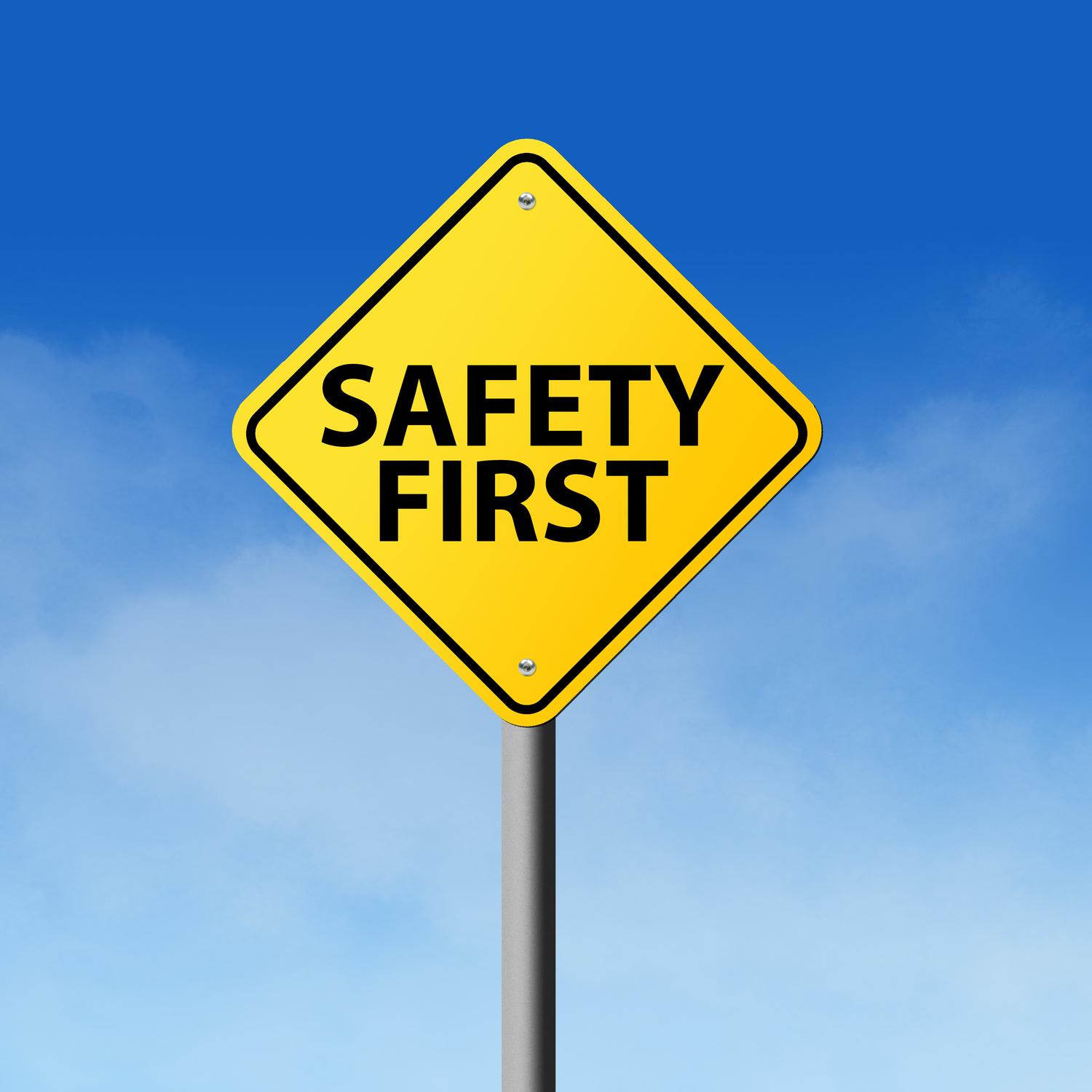
2 minute read
5 Things You Need to Know
Home ergonomics for remote workers
According to a survey conducted by Owl Labs,duringtheCOVID-19pandemic,closeto 70% of full-time workers began working from home. After the pandemic, 92% of people surveyed expected to work from home at least 1 day per week, and 80% expected to workatleast3daysfromhomeperweek.
Advertisement
While research suggests this is a positive thing in the minds of most employees and employersalike,itpresentssomeissuesinthe short and long term as employees are ditching their ergonomically friendly chairs and office setups for their couches and kitchentables.
When it comes to workplace safety, we all must be vigilant. Ensuring that you (and your employees) are adequately educated and trained to respond to hazards and emergencies can help save both dollars and lives; especially when seconds count. With the shift in today's workforce, there is a change on the horizon for workplace safety and what it means to our workforce Let's take a look at five steps employers can take to make certain they are providing the safest workplaces possible.
1. Have emergency protocols in place
Develop a written safety plan that clearly outlines a procedure for handling and reporting injuries and emergencies, including phone numbers for first responders Make sure every employee has read the plan as part of their training, and review it with them as part of your monthly, quarterly, and annual training refreshers. Also, make sure to post the plan in an accessible spot, so it’s easy to reference.
2. Perform Regular Safety Checks and Self-audits
Having a written safety plan that clearly outlines policies and procedure is imperative, but also important is performing regular safety checks and self audits.
Safety checks may be done by employers and employees If businesses get into the practice of making safety first from the top down, organizations can begin to develop their employees with a 'safety first' mentality.

Ensuring monthly checks are done can help keep equipment in good repair and can encourage everyone - both employers and employees alike - to keep their eyes open for potential hazards.
Self-audits are an effective way of monitoring your policies and work to ensure you ' re meeting goals, objectives, and standards. By conducting self-examination activities on an regular basis, you can identify any weaknesses or potential problems and make any necessary adjustments to ensure compliance with local, state, and federal guidelines. When it comes to auditing, it’s critical to have independence and objectivity to demonstrate a “culture of compliance."
3. Provide Personal Protective Equipment
What your employees need as personal protective equipment (PPE) depends on your industry For example, antibacterial garments keep people safe with food processing, masks with double-ply panels are used by healthcare workers, and industrial workwear is fire retardant and sturdy. An industry association can often provide guidance for your particular workplace.
4. Ergonomics, Ergonomics, Ergonomics
People who perform office work also need to think about workplace safety. They might be less likely to be injured from a one-time accident, but they are at risk for back and neck pain, carpal tunnel, headaches, and vision issues. It’s important that employees are educated about proper posture when sitting at a desk Computers and office devices should be adjusted to the correct height and distance so that your employees are working safely Industrial workers must also be concerned with ergonomics at work, so be certain that you are properly evaluation all job descriptions to ensure you ' re following OSHA guidelines for ergonomics in all areas.
5. Properly Train All Employees
All employees should be trained to safely execute the duties listed in their job description, including proper lifting techniques and how to handle any hazardous materials that are present in the workplace. Each new employee should be properly trained before beginning work, and it’s important to provide refresher training at least annually.
By becoming familiar with these workplace safety tips, and others that are specific to your industry or environment, you can enjoy increased employee retention, higher productivity, and reduced workers’ compensation costs. Take a look around your work space today and see where you can make some positive changes.
Safety Tips for Employees:


KNOW THE RULES
TAKE BREAKS WEAR PPE
REPORT ANY HAZARDS YOU SEE ACTIVELY ENGAGE IN TRAINING BE PREPARED










